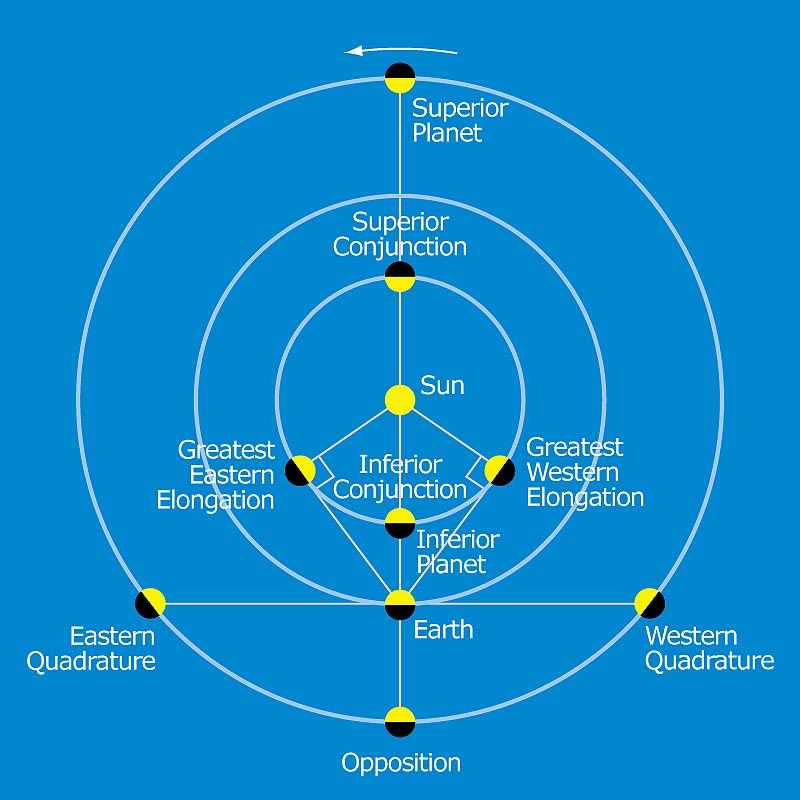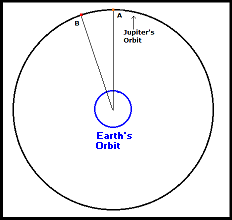
Arachne: Weaving the Sordid Tale
Had the Olympian gods condescended to sit for a psychiatric evaluation, the examiner would have quickly concluded that they suffered from an incurable narcissistic personality disorder. Such an affliction is understandable when one considers that they were powerful beyond all mortal comprehension and they all enjoyed an ageless beauty, save Hephaestus, the deformed god of fire, forges and stonecraft. Narcissists tend to be quite insecure when in the presence of someone possessed of comparable or even superior abilities. Olympians even more so, especially when their rival is a mere mortal, as the following tale about a weaver named Arachne will illustrate.
Arachne was born in Lydia to Idmon of Colophon, a revered dyer in purple. Even from an early age, Arachne exhibited extraordinary skills as a weaver. Her tapestries were not only vibrantly colorful, but astonishingly lifelike. It was once said that she wove a tapestry depicting the quest of the Argonauts so brilliantly one could actually see the waves moving along the threads. Athena, the goddess of war, wisdom, and handicraft, came to hear about this precocious girl. On occasion she watched Arachne working at her craft and to her distress realized that the mortal was,indeed, profoundly gifted. Athena's distress devolved into rage when she heard Arachne once proclaim that her tapestries were superior to all others, even those of Athena herself. Athena promptly disguised herself as an old woman and came upon Arachne working at her loom. "Your boasts have displeased the mighty Athena," the crone warned her. "Be humble before the goddess. Acknowledge her as a superior weaver and she might spare your soul." Arachne scoffed. "If Athena is displeased, have her tell me herself. If she believes herself to be the better weaver, let her prove it in a contest." At this, the old crone transformed back into the imposing goddess resplendent in her helmet and chiton. Apart from being daunted, Arachne held her in a steadfast gaze and said, "Shall we begin our contest now?" Athena conjured her own loom and set immediately to work. Both Athena and Arachne worked furiously on their tapestries. Athena's depicted the Olympians punishing mortals for their hubris and winning great battles, such as those against the Titans and Giants. Arachne's tapestry showed the gods engaged in less noble actions, such as Zeus' many pursuits of mortal women. Her aim was to depict the Olympians as not only flawed, but frivolous. At the contest's end, Athena was incensed to observe that Arachne's tapestry was not only insulting to the gods, but of superior quality to her own. Athena furiously ripped Arachne's tapestry into shreds and then struck her three times. The humiliated Arachne then hanged herself. However, as she was dying, the suddenly contrite Athena dabbled her head with one of Hecate's potions. Arachne changed from a woman into a spider and in this new form was able to weave with eight arms instead of one. Hence, the term "Arachnid."
[Note for the nitpickers: Yes, Ovid is the principal source for this story. As Ovid was a Roman poet, he would have referred to Athena as "Minerva." We thought we'd point that out because when it comes to facts, mythology people tend to even be less forgiving than Trekkies.]
THE SOUTHWORTH PLANETARIUM
207-780-4249 www.usm.maine.edu/planet
70 Falmouth Street Portland, Maine 04103
43.6667° N 70.2667° W
Altitude: 10 feet below sea level
Founded January 1970
Julian Date: 245954.16
Julian Date: 245954.16
2019-2020: CXXVI
THE DAILY ASTRONOMER
Tuesday, April 14, 2020
Remote Planetarium 12: Anatomy of an Orbit
Before we begin, let's review what we already know about planetary orbits
- Every planet's orbit is an ellipse with the Sun at one focus
- All planet orbits, save Pluto, are aligned closely with Earth's orbit. For this reason we will only see the planets around the ecliptic, the undulating curve that passes through thirteen constellations
- The closer a planet is to the Sun, the greater its orbital velocity will be.
- The planet's distance is related to its orbital period
- A planet's distance from the Sun isn't constant
We also know that we're watching moving planets from a moving platform. Moreover, the speeds of those planets, and their distances from Earth and the Sun are always changing. All this motion can make for a great deal of complexity. However, we will discover that we can still track these planets quite easily just by remembering a few nifty tricks. Now we should review some terms:

- Inferior conjunction: when an inferior planet moves between the Sun and Earth
- Opposition: when a planet is on the far side of Earth relative to the Sun
- Superior conjunction: when a planet is on the far side of the Sun relative to Earth
Now, for some new terms:
- Greatest elongation: the greatest angular distance separating an inferior planet from the Sun in our sky. When at greatest western elongation, the planet will be visible in the eastern pre-dawn sky. When at greatest eastern elongation, the planet will be visible in the western evening sky.
- Quadrature: the position of a superior planet at right angles from the line connecting Earth and the Sun.
Our aim today is to determine how we can use our knowledge of planetary orbits to predict when we will be able to see planets and where they will be located.
We know:
- when a planet is in inferior conjunction, it isn't visible, unless it is moving directly in front of the Sun (a topic for another day.)
- when a planet is at opposition, it will rise around sunset and set around sunrise.
- when a planet is in superior conjunction, it isn't visible at all.
To understand how all this information can aid us in tracking the planets, let's follow an inferior planet from one inferior conjunction to another to see how its orbital position affects its location from our perspective.
- At inferior conjunction, the planet isn't visible. Yes, you're right, we already said that.
- After inferior conjunction, the planet will move into the pre-dawn eastern sky until reaching greatest western elongation.
- The planet will appear to move back toward the Sun in our sky as it moves toward superior conjunction when it will no longer be visible again.
- After superior conjunction, the planet will then move into the western evening sky until it reaches greatest eastern elongation. It then appears to move back toward the Sun and then vanishes before reaching inferior conjunction again.
- A superior planet will move into superior conjunction, meaning that it will be at the far side of the Sun relative to Earth.
- Then, the planet will appear in the early morning sky. Eventually the planet will move from morning sky into the late evening sky.
- The planet will then be at opposition, on the far side of Earth relative to the Sun. It will rise at sunset and set at sunrise
- After opposition, the planet will appear to approach the Sun in the evening sky until it vanishes with the Sun at dusk. It will then pass back through superior conjunction.
That is all very well. However, in order to predict when the planet will move through those various stages, one needs to know how much time each cycle requires. We'll now proceed to the concepts of sidereal periods and synodic periods.
A sidereal period is the time a planet requires to complete an orbit around the Sun with respect to the distant stars.
A synodic period is the time a planet requires to reappear at the same point relative to Earth. For instance, the time period separating successive oppositions or inferior conjunctions.
These periods are not the same because Earth is always on the move. To explain the synodic period, we'll use Jupiter as an example.

At a certain time, Jupiter is at opposition (point A), meaning that it is on the far side of Earth relative to the Sun. After this opposition, Earth and Jupiter continue moving. As Earth is much closer to the Sun, it will be revolving around it much faster. A year later, Earth returns to the same point it occupied when Jupiter was last at opposition. However, during that year Jupiter also moved along its orbit. Because Jupiter's year is almost equal to 12 Earth years, Jupiter progressed only through 1/12th of its orbit. Earth then has to "catch up" to Jupiter in order for it to be as opposition again (point B.) The amount of time separating these two oppositions is, on average, 399 days. (This varies somewhat because the distances and therefore the speeds of the planets are not constant.)
Let's look at some of Jupiter's past opposition dates
2005 April 3
2006 May 4
2007 June 5
2008 July 9
2009 August 14
2010 September 21
Notice the pattern? Even though each date is not separated by exactly 399 days, it is a close approximation. Expect Jovian opposition to occur about 1 year and 1 month apart with a few extra days here and there. Would you guess that the following opposition occurred around Halloween 2011? If so, your guess is correct. The 2011 Jupiter opposition date was October 29th.
The following chart lists the sidereal and synodic periods of the planets:
| Planet | Synodic Period (days) | Sidereal Period |
|---|---|---|
| Mercury | 116 | 88 days |
| Venus | 584 | 225 days |
| Earth | - | 1.0 year |
| Mars | 780 | 1.9 years |
| Jupiter | 399 | 11.9 years |
| Saturn | 378 | 29.5 years |
| Uranus | 370 | 84.0 years |
| Neptune | 368 | 164.8 years |
| Pluto | 367 | 248.5 years |
This year Saturn is in opposition on July 20. Based on the chart above, when you would expect Saturn to be at opposition in 2021?
Answer: August 2
You can plan to see Saturn all night long in early August 2021.
When will you see Saturn all night long in 2022?
Saturn opposition 2022: August 14
About one year and two weeks separate successive Saturian oppositions.
Let's finally use Venus as an example. One can currently see Venus in the western evening sky. (And, it is brilliant, of course.)
We know that Venus will next be in inferior conjunction on June 3, 2020. At what time will it next pass through inferior conjunction? Jan 9, 2022
And the time after that? August 1, 2023
Venus' successive inferior conjunctions will be separated by about 1 year and seven months.
During the quiz on Friday, we'll devote a section to using this information to find the planets in their current positions.
Tomorrow, we turn to physics with Newton's Weighty Laws.
To subscribe or unsubscribe from the Daily Astronomer: